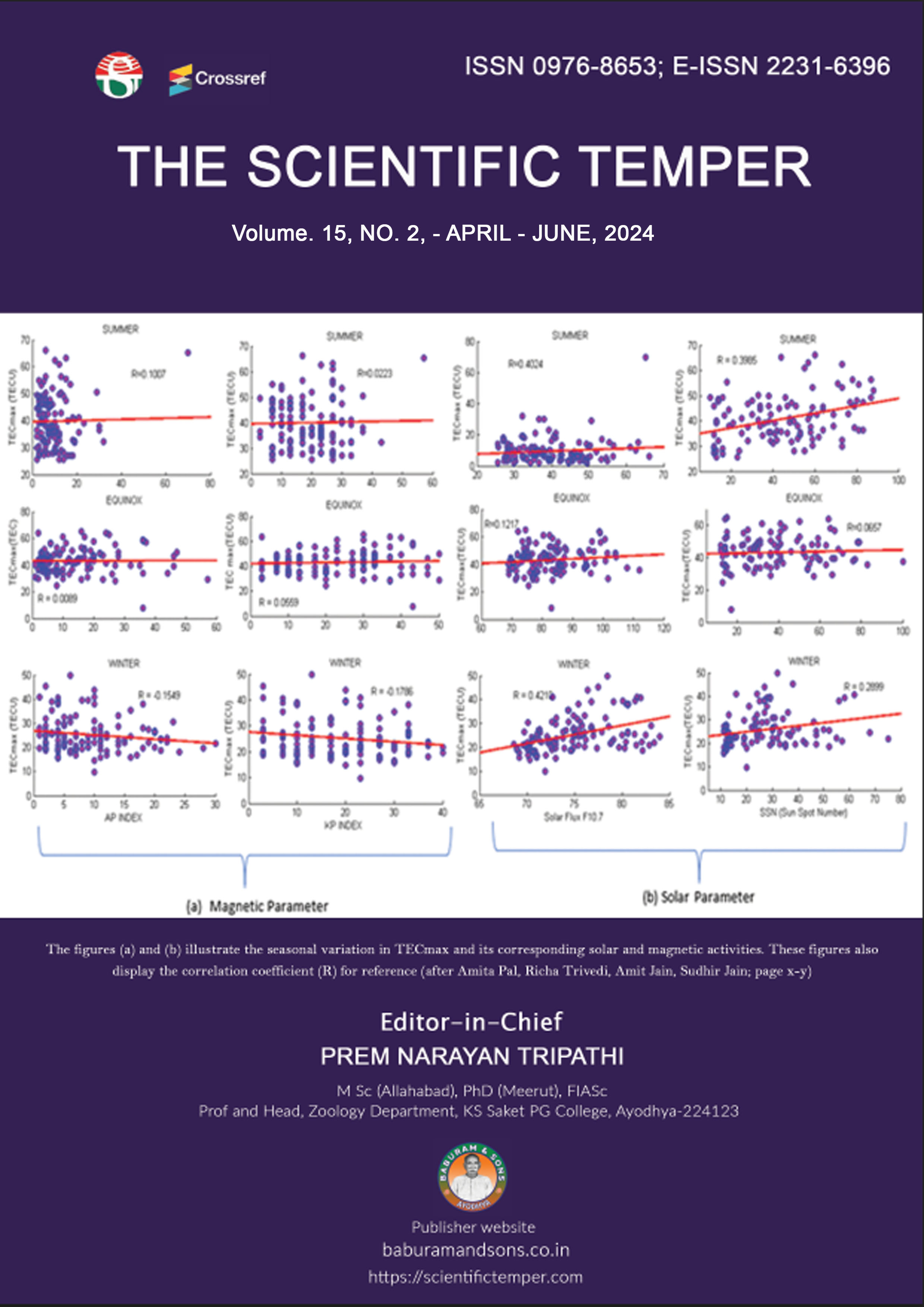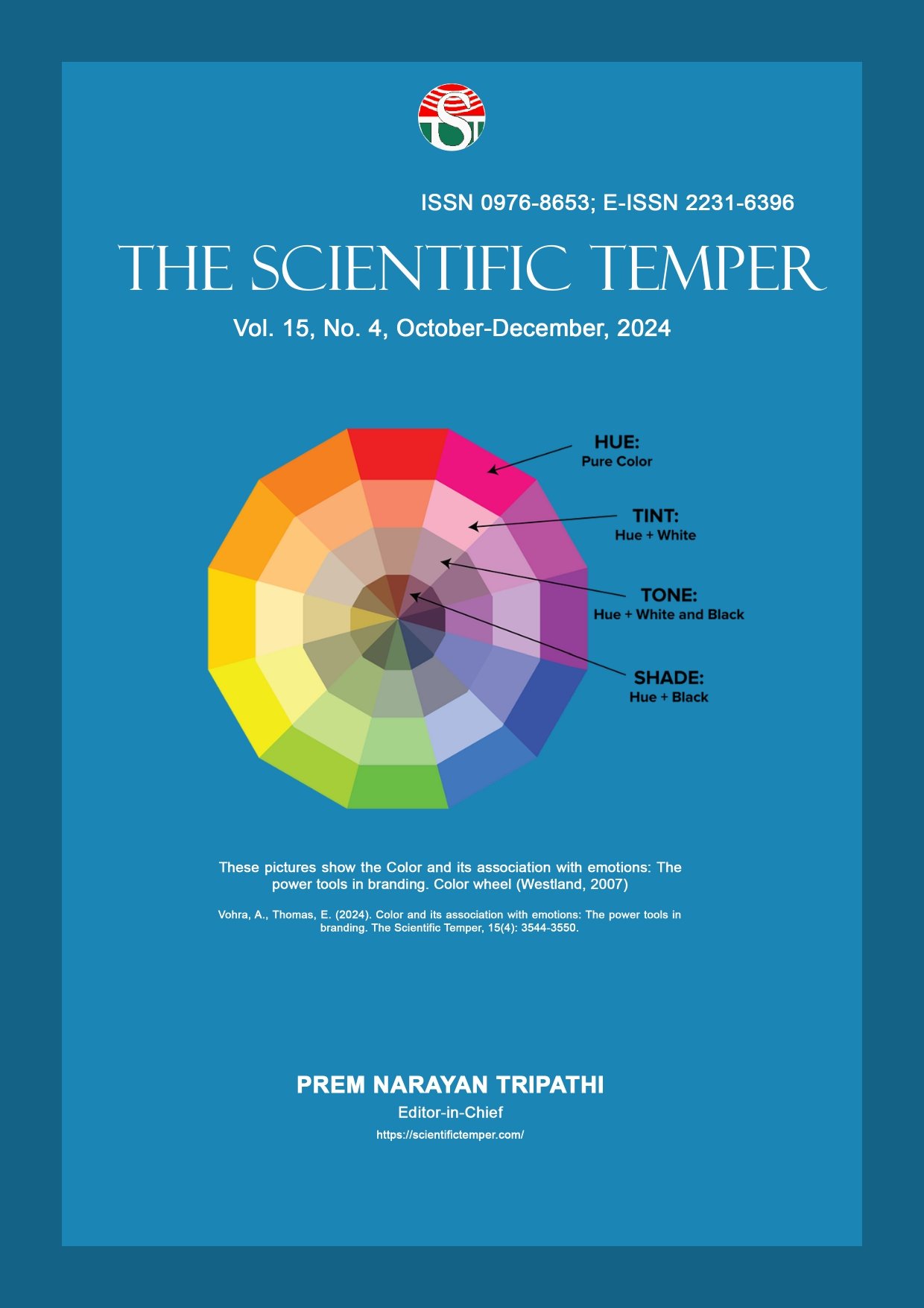Predictive modeling of dropout in MOOCs using machine learning techniques
Downloads
Published
DOI:
https://doi.org/10.58414/SCIENTIFICTEMPER.2024.15.2.32Keywords:
Machine Learning, Predictive Modeling, Dropout Prediction, MOOCs, Learning AnalyticsDimensions Badge
Issue
Section
License
Copyright (c) 2024 The Scientific Temper

This work is licensed under a Creative Commons Attribution-NonCommercial-ShareAlike 4.0 International License.
The advent of massive open online courses (MOOCs) has revolutionized education, offering unprecedented access to high-quality learning materials globally. However, high dropout rates pose significant challenges to realizing the full potential of MOOCs. This study explores machine learning techniques for predicting student dropout in MOOCs, utilizing the open university learning analytics dataset (OULAD). Seven algorithms, including decision tree, random forest, Gaussian naïve Bayes, AdaBoost classifier, extra tree classifier, XGBoost classifier, and multilayer perceptron (MLP), are employed to predict student outcomes and dropout probabilities. The XGBoost classifier emerges as the top performer, achieving 87% accuracy in pass/fail prediction and 86% accuracy in dropout prediction. Additionally, the study proposes personalized interventions based on individual dropout probabilities to enhance student retention. The findings underscore the potential of machine learning in addressing dropout challenges in MOOCs and offer insights for instructors and educational institutions to proactively support at-risk students.Abstract
How to Cite
Downloads
Similar Articles
- Ayesha Shakith, L. Arockiam, Enhancing classification accuracy on code-mixed and imbalanced data using an adaptive deep autoencoder and XGBoost , The Scientific Temper: Vol. 15 No. 03 (2024): The Scientific Temper
- Archana Verma, Application of metaverse technologies and artificial intelligence in smart cities , The Scientific Temper: Vol. 15 No. 02 (2024): The Scientific Temper
- Amita Gupta, A study of the scientific approach inherited in the Indian knowledge system (IKS) , The Scientific Temper: Vol. 15 No. 02 (2024): The Scientific Temper
- Amanda Q. Okronipa, Jones Y. Nyame, Exploring the effect of perceived empathy and social presence on the intention to use AI in higher education , The Scientific Temper: Vol. 15 No. 04 (2024): The Scientific Temper
- V Babydeepa, K. Sindhu, A hybrid feature selection and generative adversarial network for lung and uterus cancer prediction with big data , The Scientific Temper: Vol. 15 No. 03 (2024): The Scientific Temper
- Senthil Murugan C, Vijayabalan Dhanabal, Sukumaran D, Suresh G, Senthilkumar P, Analysis of distributions using stochastic models with fuzzy random variables , The Scientific Temper: Vol. 15 No. 04 (2024): The Scientific Temper
- Jayaganesh Jagannathan, Dr. Agrawal Rajesh K, Dr. Neelam Labhade-Kumar, Ravi Rastogi, Manu Vasudevan Unni, K. K. Baseer, Developing interpretable models and techniques for explainable AI in decision-making , The Scientific Temper: Vol. 14 No. 04 (2023): The Scientific Temper
- Nilesh M. Patil, P M. Krishna, G. Deena, C Harini, R.K. Gnanamurthy, Romala V. Srinivas, Exploring real-time patient monitoring and data analytics with IoT-based smart healthcare monitoring , The Scientific Temper: Vol. 14 No. 04 (2023): The Scientific Temper
- S. Deepa, I.S. Arafat, M. Sathya Priya, S. Saravanan, An improved spectrum sharing strategy evaluation over wireless network framework to perform error free communications , The Scientific Temper: Vol. 14 No. 04 (2023): The Scientific Temper
- Deneshkumar V, Jebitha R, Jithu G, Multistate modeling for estimating clinical outcomes of COVID-19 patients , The Scientific Temper: Vol. 14 No. 04 (2023): The Scientific Temper
<< < 9 10 11 12 13 14 15 16 17 18 > >>
You may also start an advanced similarity search for this article.



